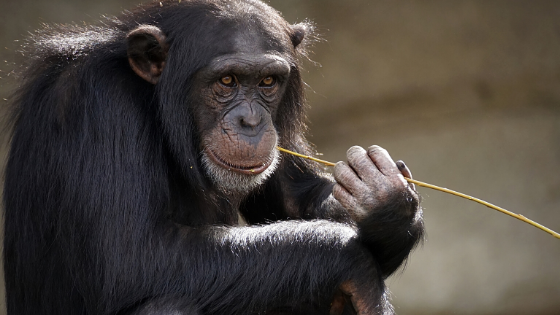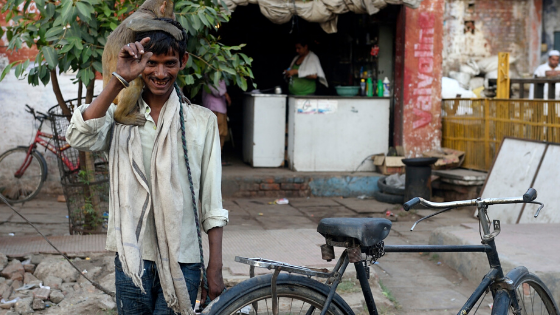
Proximity between species
Our concern about the risk of the virus to humans is extended to non-human primates, of which almost 70% are in danger. This, of course, includes the chimpanzees we care for at MONA. We share almost 99% of our DNA with them, and this increases the chances of transmission of the coronavirus. In fact, common human respiratory viruses have caused deadly outbreaks in great apes in the past. An example of this is the human coronavirus (HCov) OC43 that has spread to wild chimpanzees living in the Taï National Park, Côte d’Ivoire.

Disease transmission is bidirectional and we must act to protect not only human lives, but also great apes and other species.
These fears and uncertainties would not exist if these species were not forced to live in close proximity to humans, either in their habitat or outside of it. These moments give us the opportunity to reflect, even more than usual, on practices such as tourism or the possession of these animals as pets.

At MONA we fight hard to end the trafficking of wild animals which pushes thousands of species to extinction. But we must also be aware that inappropriate handling, proximity, and the illegal pet trade put humans and great apes at risk of disease transmission. One more reason to eradicate it.






